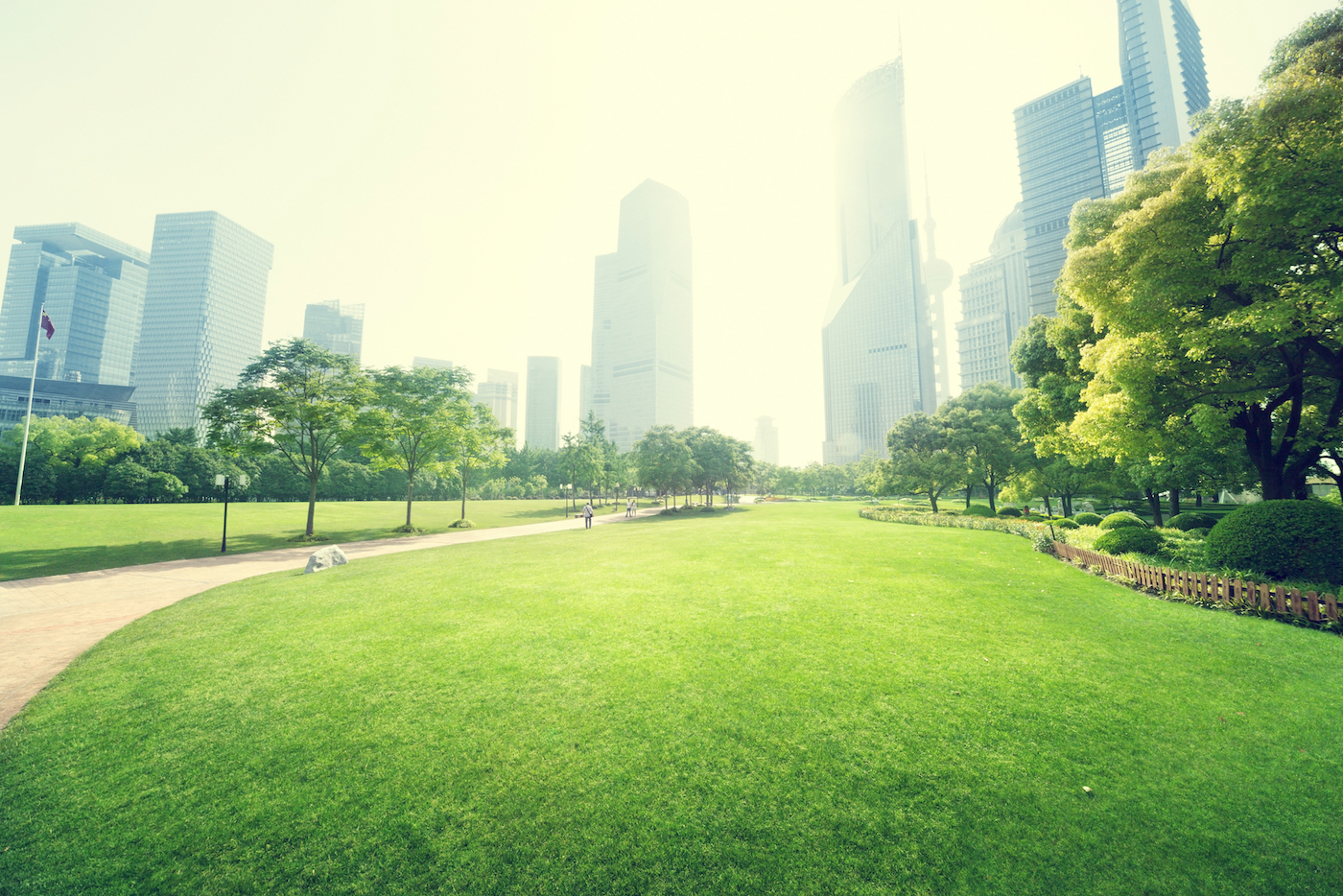
Urban green spaces help store carbon and stop flooding
University of Wisconsin-Madison graduate student Carly Ziter is reporting that urban green spaces like parks and golf courses contribute a lot to the planet’s natural landscape, but are not always represented in data used by ecologists.
“Often when we’re doing regional studies of ecosystem services, or the ways that nature benefits us, we ignore the cities,” said Ziter. “We treat the city as this kind of gray box; quite literally on maps it’s often a gray box. And what we’ve discovered here is that … we need to be thinking about the city as part of the landscape.”
Ziter collected soil samples from 100 sites across the city of Madison, Wisconsin, for her investigation. Each sample was then analyzed for three ecosystem services – carbon storage, flood mitigation, and water quality regulation.
The study revealed that urban green spaces play a large role in providing these services, particularly flood control and carbon storage.
Ziter found that more developed areas like private backyards and public parks stored substantially more carbon in their soils than urban forests or grasslands. These urban soils even stored more carbon overall compared to agricultural soils in areas surrounding Madison.
Ziter explained that many assessments of carbon storage “count urban areas as zero” despite their significant contribution as carbon sinks.
While the extent of ecosystem services varied across the sites, urban grasslands and forests made a big difference in flood mitigation by capturing water that would have otherwise ran out into the streets.
“My front yard and my backyard can be more different in terms of their ecology than two houses across the city from one another,” said Ziter. “And that’s really fascinating from a management perspective, because it’s these small decisions people are making as individuals that are shaping the ecology of these landscapes.”
The United States Census Bureau reported in 2016 that over 80 percent of Americans live in urban areas. That means that there are a lot of these small decisions being made that can have a huge impact on the ecological makeup of our country.
“If you’re out gardening, you’re interacting with the natural world. If you’re going out for a walk along the lake, you’re interacting with the natural world. We often think of nature as being in these big wild spaces, but there are a lot of smaller day-to-day interactions that we don’t realize are fostering a connection to our environment,” said Ziter.
She said that these types of interactions can help one’s overall quality of life in the city.
Ziter hopes her study, which is published in the journal Ecosystem Applications, encourages ecologists to pay more attention to urban green spaces.
—
By Chrissy Sexton, Earth.com Staff Writer













